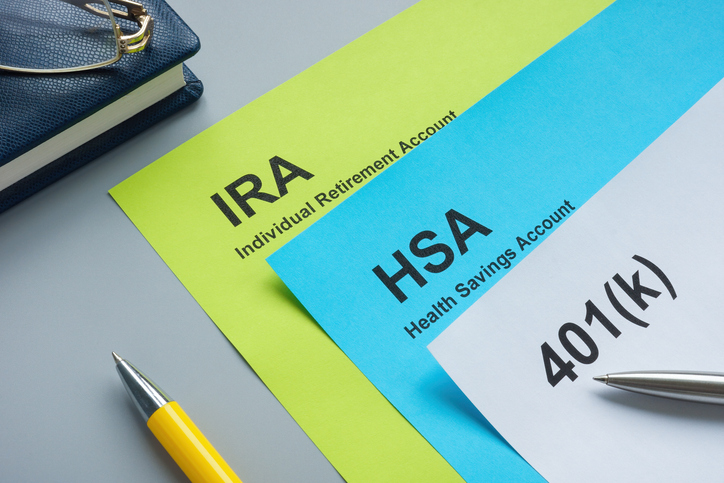Department of Health and Human Services Secretary Xavier Becerra issued a notice stating the agency has the authority to declare a public emergency over influenza type A viruses and those influenza A viruses with “pandemic potential.”
The notice, issued on July 24, states if a national emergency resulting from this broad class of viruses is declared, HHS has authority to take sweeping emergency actions that include but are not limited to “create and issue Emergency Use Instructions to inform health care providers or individuals about the approved, licensed, or cleared conditions of use of ‘eligible’ medical countermeasures” and giving HHS power to declare that circumstances exist to justify Emergency Use Authorization for unapproved drugs.
Influenza A viruses are divided into subtypes based on the viral surface proteins hemagglutinin (H) and neuraminidase (N). There are currently more than 130 influenza A subtypes. Influenza A and influenza B viruses are the pathogens that cause the common “seasonal flu.”
Devil in the Details
Some public health analysts expressed concern about the open-ended nature of the definition of “pandemic potential” mentioned in the notice.
“…‘pandemic influenza A viruses and viruses with pandemic potential’ means animal viruses and/or human influenza A viruses circulating in wild birds, domestic animals and/or humans that cause or have significant potential to cause sporadic or ongoing human infections, or historically have caused pandemics in humans, or have mutated to cause pandemics in humans, and for which the majority of the population is immunologically naive.
The Association of American Physicians and Surgeons (AAPS) has argued against medical emergency powers authorizations for decades. In 2001, after the 9/11 attacks, the AAPS argued against then-HHS Secretary Tommy Thompson’s urging of state legislatures to adopt the Model State Emergency Health Powers Act. AAPS said the legislation would grant unprecedented and unchecked powers to the governors of the 50 states. AAPS has since argued the emergency powers exercised under the COVID-19 pandemic were unwarranted
“A pandemic is constantly ‘potential,’ but a constant state of fear is itself a kind of pandemic,” said AAPS Executive Director Jane Orient, M.D.
Savior Complex?
Emergency powers have consistently been shown to do more harm than good, says John Dale Dunn, M.D., J.D., a policy advisor to The Heartland Institute, which co-publishes Health Care News.
“There isn’t any evidence that some new influenza strain deserves an emergency condition, but public health officials love to order people around and be important and powerful saviors,” said Dunn. “The COVID mitigation response was shown to be ineffective, so why should we allow public health officials to consider or implement lockdowns, masking, distancing, that were all shown to be ineffective against COVID, itself a respiratory virus?
“Granting power-hungry bureaucrats emergency powers is always a bad idea,” said Dunn. “COVID management caused a lot of negative effects because the mitigation measures were excessive, not tailored.”
Shot Risks
During COVID-19, the U.S. Food and Drug Administration gave an EUA for mRNA inoculations despite limited testing and unknown ability to mitigate the spread of the virus. The shots carried much higher risks than the vaccine manufacturer originally disclosed.
“The problem with the EUA was its dishonest use and the corrupting influence of conflicts of interest,” said Orient. “How many died because of the suppression of early treatment, which, if successful, would have precluded an EUA? It has been prolonged far beyond the emergency and extended to groups that were not and are not at serious risk. An EUA requires informed consent, and this was mostly disregarded with impunity.”
COVID-19 demonstrated the potential harm of giving the government unchecked power, says Dunn.
“Remember that the COVID-19 pandemic was the first time we had a ‘shot’ used like a vaccine that was not a vaccine, and it was allowed without efficacy and harm studies, because of the claim that there was no available treatment when evidence was clear that hydroxychloroquine and ivermectin worked,” said Dunn.
“That evidence was suppressed or refuted by politically motivated public health officials,” said Dunn. “Public health authorities were motivated by a chance to be powerful and posture as necessary saviors, which led to them engaging in excess measures that ended up being harmful.”
Inaccurate Shot
Public health authorities were also motivated by self-interest, says Dunn.
“They had a stake in the big Pharma bonanza created by the mRNA shot. The EUA for the ‘shot’ that bypassed safety and efficacy testing was the worst problem caused by the emergency declaration,” said Dunn. “The result was a shot that didn’t do what it was supposed to do—stop spread and prevent acquisition—and that created a side effects profile that was very troublesome.”
Kevin Stone ([email protected]) writes from Arlington, Texas.



